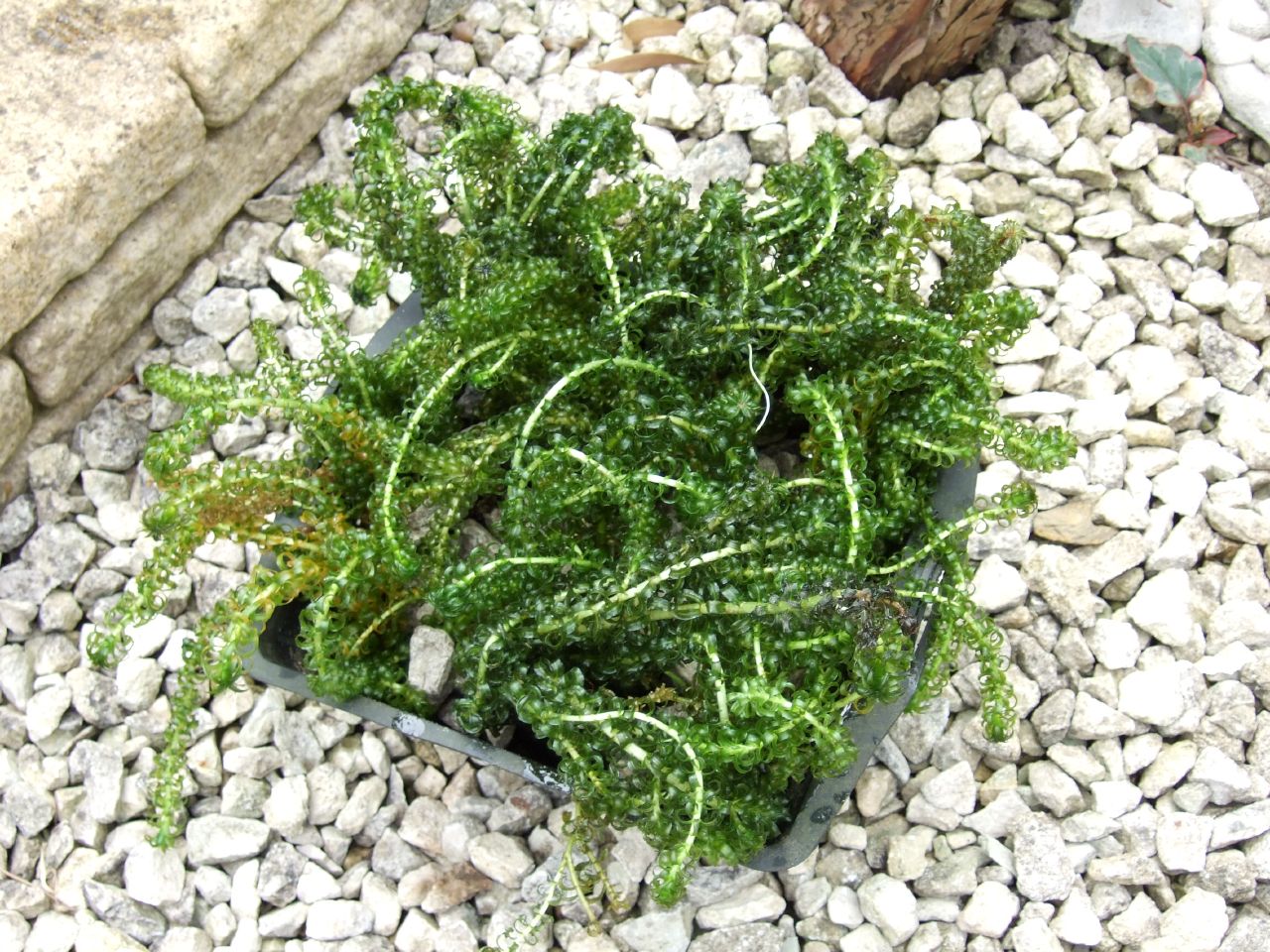Getting Rid Of Pondweed - How To Control Pondweed Plants


The name pondweed refers to the 80 or so species of aquatic plants belonging to the genus Potamogenton. They vary in size and appearance so much that it's hard to describe a typical pondweed. Some are totally submerged under the water, while others are only partly submerged. The plants are an important part of the pond's ecosystem, and they can be ornamental in the right setting. They serve as valuable wildlife food as well as an oxygenator that helps keep the pond in balance. When out of control, however, the plants can choke the life out of a pond, and then it's time to take steps in controlling pondweed plants.
How to Control Pondweed
Before you use herbicides, there are a couple of other pondweed control methods that are worth considering. Prevention is the best method of control, so think carefully before you plant. If you decide to plant them, use containers to hold the roots rather than in the mud at the bottom of the pond. In small ponds, try getting rid of pondweeds by removing them manually. In large ponds, releasing grass carp in the pond will keep the plants under control. Grass carp feed on the tender, submerged parts of the plant. If these methods are impractical for your situation or don't solve the problem, it's time to consider managing pondweed in ponds using herbicide. Where herbicides for lawns and gardens are usually chosen based on the weed you are trying to kill, herbicides for ponds are tailored to the site. Read the label carefully before you choose, paying special attention to precautions, restrictions, and intended use. Use the least toxic herbicide to protect the fish and other wildlife in your pond and preserve enough plants to support them. Herbicides containing the active ingredient endothall are a good choice for controlling pondweed. Once you've chosen your herbicide, follow the label instructions exactly. Measure carefully and if you have to use it more than once, wait the recommended period of time before the second application. Never use an herbicide in a pond that isn't specifically labeled for aquatic use.
Gardening tips, videos, info and more delivered right to your inbox!
Sign up for the Gardening Know How newsletter today and receive a free copy of our e-book "How to Grow Delicious Tomatoes".

Jackie Carroll has written over 500 articles for Gardening Know How on a wide range of topics.
-
 ‘Coral Charm’ Peony Care For Sublime Semi-Double Peonies With Lush Salmon Pink Flowers
‘Coral Charm’ Peony Care For Sublime Semi-Double Peonies With Lush Salmon Pink FlowersPeonies are known for their soft baby pink or magenta tones, but if plushy coral blooms are your thing, here’s our guide to the ultimate ‘Coral Charm’ peony care
By Tonya Barnett
-
 How To Grow Seeds Quickly: 8 Expert Tricks For Fast Flowers & Crops
How To Grow Seeds Quickly: 8 Expert Tricks For Fast Flowers & CropsIt's never too late to start growing! Jump-start your flower or vegetable garden with these pro tips and tricks for germinating seeds in record time.
By Amy Grant